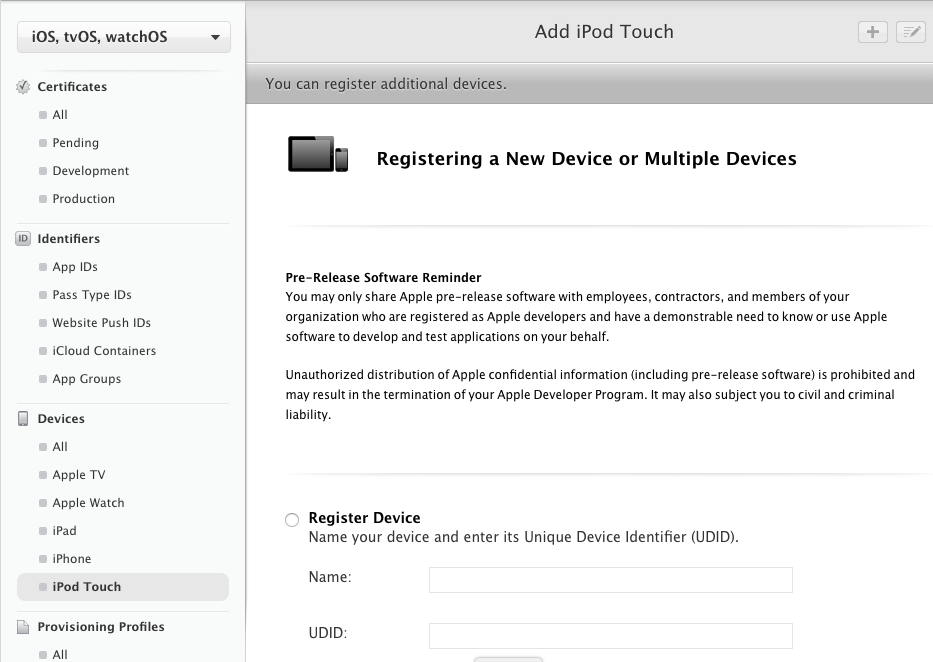After reading numerous beta testing strategy guides for iOS I'm still confused about if it's permitted by Apple's Developer Program to distribute an app for external beta testing without getting it approved by them and using TestFlight. For example, is it allowed to create an AdHoc signed app and use a 3rd party tool (Crashlytics, HockeyApp, others) to beta distribute to external entities. External in this case meaning not within your organization. Within an organization, there are other means that can be used like Enterprise Distribution, which have no restrictions but are not allowed to be used externally. The question is: does Apple allow external beta testing for a non-Apple signed app? (non-Apple as opposed to TestFlight which would indeed sign it for external testing via iTunesConnect submission).
UPDATE: after looking into AdHoc and going to the Apple Developer page, it shows this (note the Pre-Release warning in that image) which seems to point to what I suspected - per Apple's rules, you cannot let external folks test your ad hoc app:

So if this is true, I don't see how there's any way around TestFlight for public external betas.
